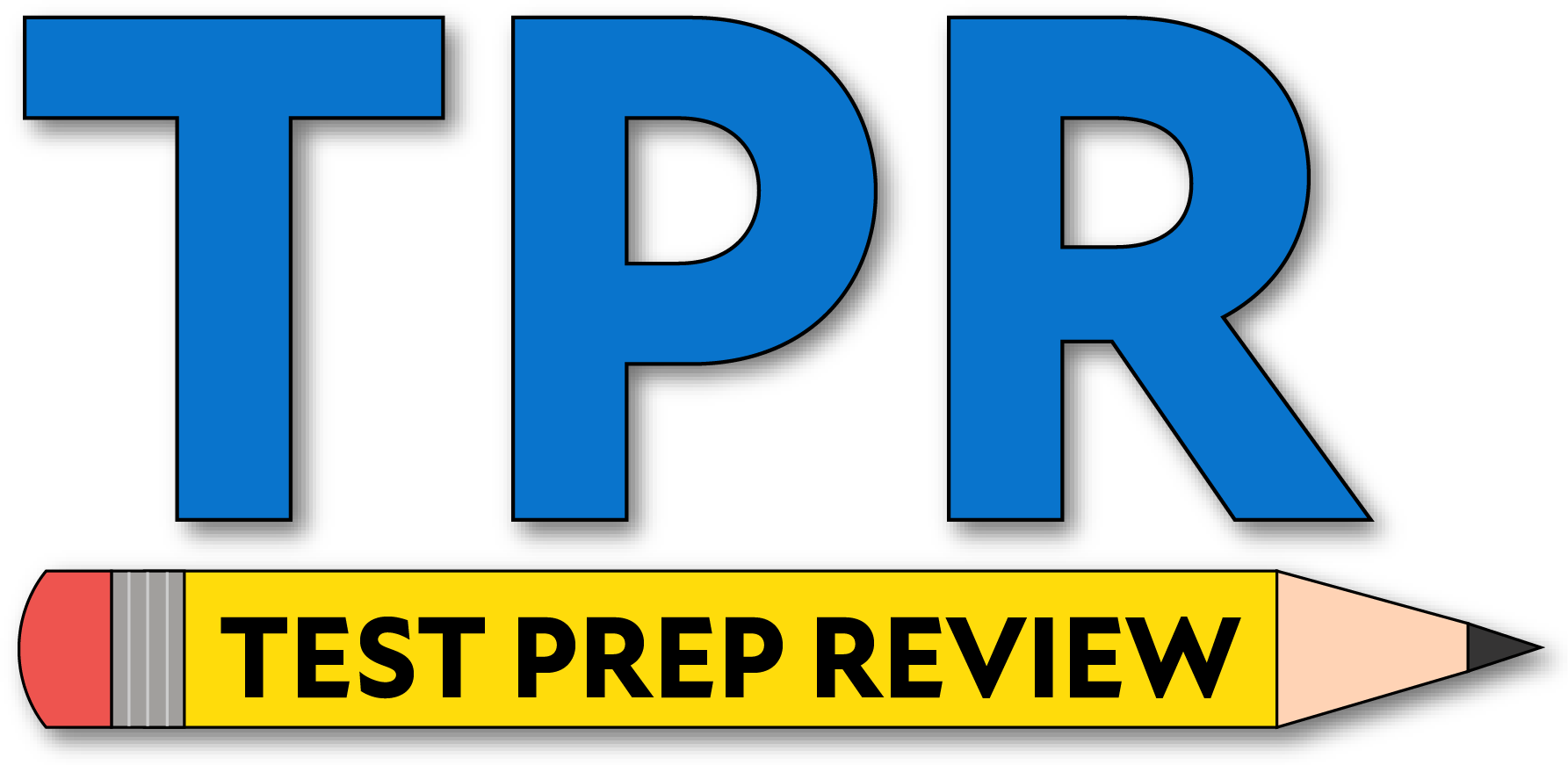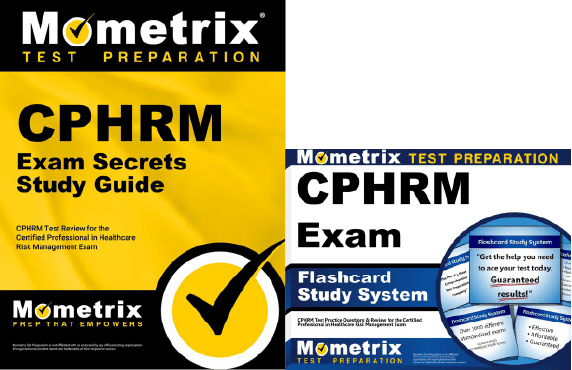If you need help studying for the Certified Professional in Health Care Risk Management (CPHRM) exam or just want some more information about what the test is like, you’ve come to the right place.
Click below to take a free CPHRM practice test!
Exam Eligibility
Before you can register to take the CPHRM exam, you’ll need to obtain at least 3,000 hours of full-time healthcare risk management job experience.
You’ll also need to meet ONE of the following education/experience requirements:
- You need a baccalaureate degree and at least five years of healthcare experience
- You need an associate degree and at least seven years of healthcare experience
- You need a high school diploma and at least nine years of healthcare experience
If you meet one of these requirements, you’re set to begin the registration process!
What’s on the Exam?
First, let’s talk about the questions on the exam. There are 110 multiple-choice questions total, but only 100 of the questions will count toward your score. Why is that?
The 10 unscored questions on the CPHRM exam are called “pretest” questions. These are added to the exam to determine if they’re good enough questions to add to future versions of the test.
The trick is that you won’t have any way of knowing which questions are scored and which ones are pretest. They will appear just like the scored questions throughout the test.
The time limit for the exam is 2 hours. There aren’t any scheduled breaks, but you’re free to take restroom breaks as needed.
Let’s take a closer look at the different sections of the exam.
1. Clinical/Patient Safety
25 scored questions
- Assessing the current state of patient safety and staff awareness within the organization
- Collaborating on proactive patient safety initiatives
- Designing, implementing, and maintaining educational programs on risk management
- Promoting a culture of patient safety
- Educating providers, staff, employees, patients, and families on the role of patients and families in improving patient safety and reducing risk
- Coaching physicians, leaders, managers, and staff on appropriate disclosure methods and processes
- Participating in critical incident debriefing
- Participating in the development of corrective action plans
- Providing guidance to staff
- Managing an incident reporting and data analysis system for risk events
- Providing risk management consultation for specific ethical dilemmas
- Maintaining awareness of patient safety initiatives
- Reviewing documentation and assist providers/staff with appropriate documentation to mitigate risk
2. Risk Financing
15 scored questions
- Managing a broad comprehensive insurance program
- Overseeing the investigation of accidents or circumstances that could lead to financial loss
- Analyzing historical loss experience; address trends
- Developing enterprise risk financing strategies to address the organization’s areas of exposure
- Providing recommendations to reduce risk in contracts
- Ensuring timely reporting of incidents according to insurance policy language
3. Legal and Regulatory
20 scored questions
- Patient confidentiality
- Reporting requirements
- Violence in the workplace
- Investigation and resolution of patient complaints or grievances
- Preparing and conducting quality and/or risk assessments to maintain a constant state of accreditation readiness
- Involuntary detention of patients
- Federal acts/regulations
- Designing a risk management data collection/analysis system to ensure timely reporting and monitoring
- Ensuring workforce compliance of all applicable accreditation standards
- Programs that address provider and staff behavioral issues are culturally, legally, and psychologically sound and non-discriminatory
- Responses to inquiries from regulatory and licensing agencies, and insurance companies
4. Healthcare Operations
20 scored questions
- Collaborating with leaders and security personnel on workplace violence prevention
- Conducting risk assessments to identify exposures related to new and existing services
- Planning, evaluating, selecting, management, and on‐going evaluation of enterprise-wide event reports
- Supervising and developing risk management staff
- Developing/maintaining risk management department-specific policies and procedures
- Coordinating risk activities for the organization
- Developing annual institutional goals for the risk program/department
- Evaluating the effectiveness of risk management activities
- Policies and procedures for acceptance of legal documents
- Supporting patient safety committee meetings
- Participating in professional association activities
- Understanding the peer review, credentialing, and privileging process
- Providing education/in‐service for staff, patients, families, and communities on patient’s rights
- Collaborating on the development of policies and procedures
5. Claims and Litigation
20 questions
- Maintaining data collection and analysis systems
- Notifying of potential compensatory events or actual claims
- Participating in claims management activities
- Participating in evaluating claims to determine exposure to organization and the appropriate method for resolution
- Informing administration of high-exposure cases and aggregate claims experience
- Managing and maintaining all information related to a potential or actual legal case under attorney/client privilege and protected from discoverability
- Managing the response to service of process
- Supporting insured defendants through all phases of the litigation process
How to Register
Once you’ve ensured that you meet all of the eligibility requirements, you can register for the exam.
To get started, you’ll need to submit an application on AHA’s website. The application will ask you for your contact information and any documentation to prove your eligibility (among other things).
When you submit the application, you’ll also need to submit the testing fee, which is $425. If you’re an ASHRM member, you will only have to pay $275.
Exam Scores
The test is scored using the Angoff method. Here’s how it works:
The Angoff Method
The Angoff method involves a group of subject-matter experts taking an educated guess at the percentage of candidates who would correctly answer each question on the test. These estimates are then averaged to set a cut-off score, which test-takers must meet or exceed to pass.
This method aims to ensure the pass threshold reflects the level of knowledge or skill that is deemed minimally acceptable for a particular profession or field.
Retaking the Exam
If you didn’t get a passing score on your first try, that’s okay! You can retake the test during the next available testing window.
Keep in mind that you will have to pay the full testing fee every time you retake the test.
FAQs
How difficult is the CPHRM exam?
The exam is considered to be somewhat challenging, since it covers a wide variety of topics.
How many questions are on the CPHRM exam?
The exam contains 110 questions.
What is the time limit for the CPHRM exam?
The exam is timed at 2 hours.
What is the pass rate for the CPHRM exam?
The pass rate is 64%.
How much does the CPHRM exam cost?
The testing fee is $425 ($275 for members).



 CPHRM Study Guide
CPHRM Study Guide CPHRM Flashcards
CPHRM Flashcards